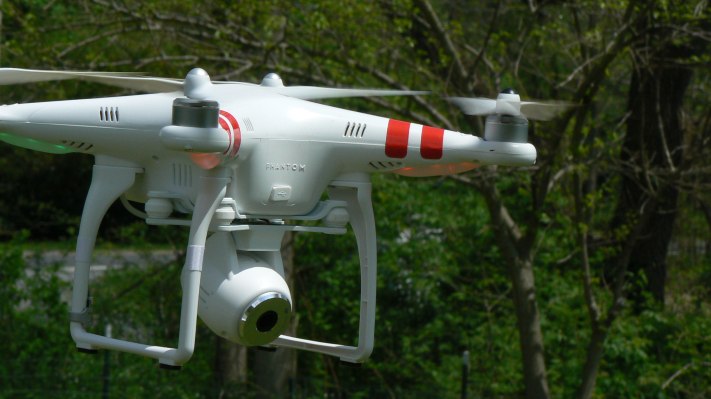The U.S. Federal Aviation Administration (FAA) today published its final operational rules for the commercial use of small drones weighing under 55 pounds. These rules will guide the first major expansion of commercial drones after the FAA’s earlier limited exemption process for commercial operators. The rule also establishes a process for licensing commercial drone pilots.
For the most part, the rules are a little bit more narrow than many had hoped. Under the new rules, pilots must always remain within visual line of sight of the drone — something that prohibits any kind of long-distance drone use, including even the most basic delivery drones. Commercial drones will also only be allowed to operate during daylight hours or civil twilight. Just like today, drones can’t operate over people who aren’t “directly participating in the operation.” As for other operational limits, the FAA decided to set the maximum altitude to 400 feet above ground (and not 500 feet, as most had hoped), with the exception that you are allowed to operate around a structure that is higher than 400 feet as long as you stay within 400 feet of that structure.
Also disallowed are any operations from a moving vehicle — unless you are in a “sparsely populated area.”
As for the pilots, the FAA mandates they get a remote pilot certificate or be under the supervision of somebody with a pilot certificate. To do so, they will have to pass a knowledge test and be at least 16 years old. New pilots will also have to be vetted by the TSA.
Reaction to the new rules have been mostly positive. “This is a watershed moment in how advanced technology can improve lives, as the Small UAS Rule allows companies, farmers, researchers and rescue services alike to explore how drones can let them do more at a lower cost and a lower risk,” said Brendan Schulman, DJI Vice President of Policy and Legal Affairs, for example.
The new rules will go into effect in late August.
